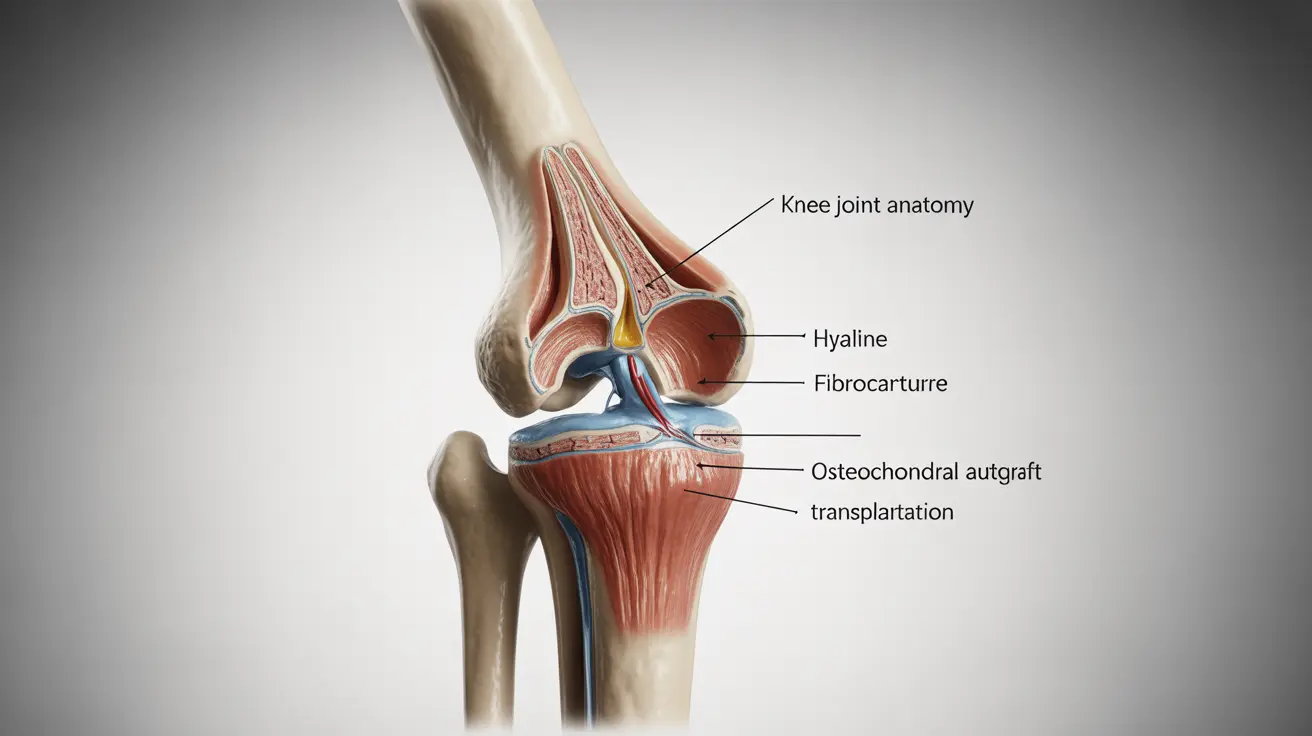- What are Triglycerides?
Triglycerides are a type of fat (lipid) in your blood. After eating, any unused calories are converted into triglycerides and stored in fat cells for later use. When your body needs energy between meals, hormones release triglycerides into the bloodstream. - Why are Triglycerides Important for Heart Health?
High levels of triglycerides can contribute to hardening of the arteries (atherosclerosis), increasing the risk of heart disease, stroke, and other cardiovascular issues. Elevated triglycerides often accompany other conditions such as obesity, high blood pressure, diabetes, and high cholesterol, further raising heart risks. - Normal and High Levels:
- Normal: Less than 150 mg/dL
- Borderline High: 150 – 199 mg/dL
- High: 200 – 499 mg/dL
- Very High: 500 mg/dL or more
- How to Manage Triglyceride Levels:
- Diet: Eat a balanced diet rich in fruits, vegetables, whole grains, and healthy fats (e.g., omega-3 fatty acids). Avoid foods high in sugars and refined carbs.
- Exercise: Regular physical activity helps lower triglycerides and improve overall heart health. Aim for at least 150 minutes of moderate exercise per week.
- Limit Alcohol: Excessive alcohol consumption can raise triglyceride levels, so it’s important to drink in moderation.
- Medications: In some cases, medications such as statins or fibrates may be prescribed to help lower triglyceride levels if lifestyle changes are insufficient.
- Why Routine Testing Matters:
Monitoring your triglyceride levels with routine blood tests helps identify potential risks early, allowing for effective management to protect your heart.
Recommended Tests:
- Triglyceride Test – Measures the amount of triglycerides in the blood to assess heart health.
- Cholesterol Test – Helps evaluate overall lipid profile, including triglycerides, for heart disease risk.




